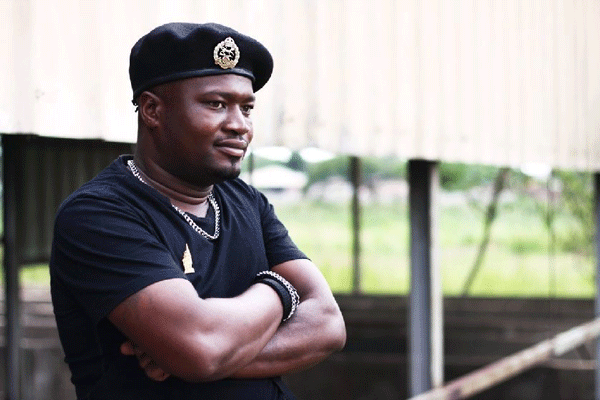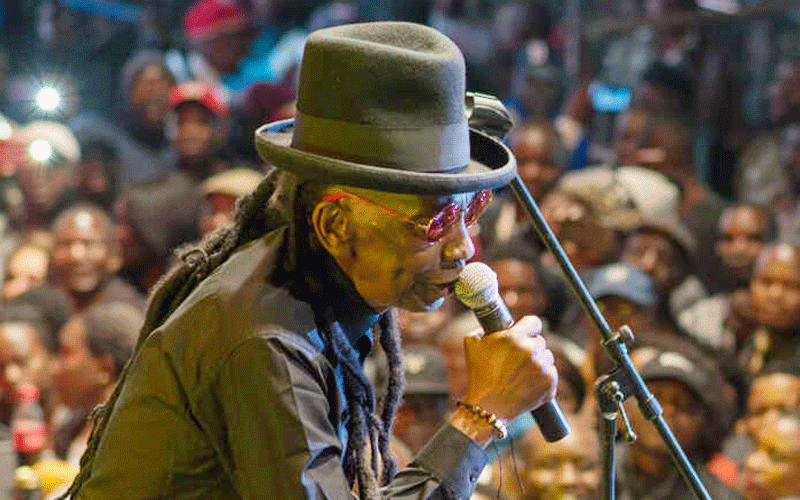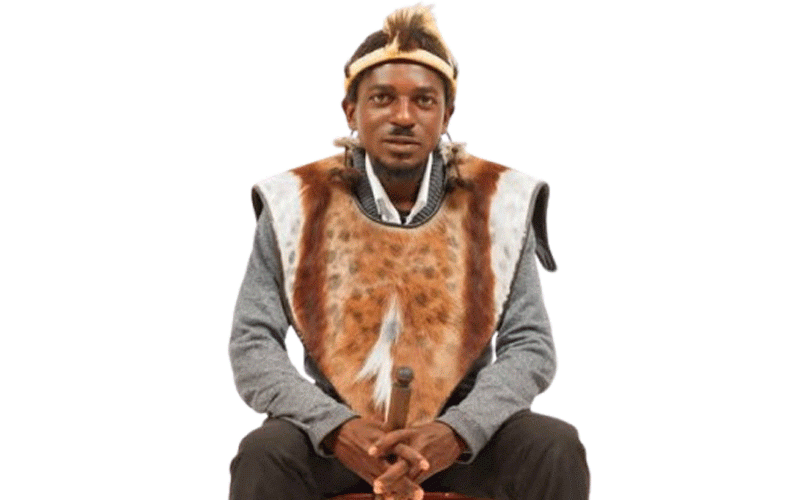
Last year, the name Danso Dict briefly hogged the limelight, within Zimdancehall circles as a snippet video of him singing Kasong Kemagaro (a song about bums) circulated like wildfire on the internet.
By Kennedy Nyavaya
People from different walks of life shared varying sentiments over the obscene song, which the teenager had recorded at Chillspot Records and the outcome has not been desirable.
If music was a mere lyrical rhyming contest, the boy’s significance would have been guaranteed, but the fundamental aspect of content has been his biggest undoing.
But then again, such crude lyrics appear to be the new wave among a new crop of artistes within the ZimDancehall movement, which is a locally bastardised version of the Jamaican dancehall music genre.
Unlike almost a decade ago when it started gaining traction among the millennial demographic, who had largely been hooked on urban grooves, Zimdancehall has fast digressed from being about amplifying the struggle and aspirations of ghetto youths.
It appears all that is left now among the majority of the new crop of chanters are high-sounding vulgarities about drug abuse, violence and self-praise among a whole lot of sleazy chants.
“This is why you see that upcoming artistes only have one hit song, then the fame fades away because of immoral lyrical content,” says Ricky Fire, who believes redundancy and gloating have overtaken inspirational music.
- Chamisa under fire over US$120K donation
- Mavhunga puts DeMbare into Chibuku quarterfinals
- Pension funds bet on Cabora Bassa oilfields
- Councils defy govt fire tender directive
Keep Reading
But, ironically, Ricky Fire is no saint in the same field as some of his music is testimony to it, he told The Standard Style that there was need for unity.
“There is too much violence in Zimdancehall. We can no longer do the shows we used to do years ago where every artiste would go and perform leaving the venue happy as well as the fans satisfied,” he said.
True to his sentiments, there is animosity at live shows where the crowds throw objects at artistes they dislike when performing but the root cause, according to the the Kumba Kunouya Kuno singer, is hate music among chanters, which they can fix if willing.
“Artistes should have unity and one love where we can join forces and sit down to talk about the way forward because we have the power to stop violence and when we unite as fans we will do the same,” he said.
The new phenomenon is a far cry from just a few years ago where Zimdancehall had outgrown the tag of just being a youth movement with older generations starting to warm up to the likes of Winky D, Tocky Vibes and Killer T, among others.
However, even they have had to separate themselves from the other bunch by shunning popular riddims (a beat that usually accommodates a group of singers) and opting for their own specific productions, in some instances, as is Tocky Vibes’ case, change their sound completely.
This lack of originality has thrust the popular urban sound into uncertainty and if nothing is done, it could sink into oblivion sooner rather than later.
Sniper Storm, a pioneer of ZimDancehall, said all that was needed was a revamp of the “movement” through the reintroduction of its cultural traits, including Passa passa events, distribution of free CDs, mixtapes, freestyle on social media as well as release of more riddims with established artistes on them.
“We need to get back to the movement, but I actually think there could be one or two seniors who should show newbies the way and how it can be done, that’s all,” he said claiming that the genre was in fact growing and artistes were actually doing better.
Last month, another video surfaced and this time it was a self-professed Form Three student — Mad Viper — in uniform spitting vile lyrics targeted at fellow musicians both new and well-known.
Sniper has no problem with this and to him it is “necessary for the culture” although it should be diverse and not overdone.
“I think the lyrical content of Zimdancehall is alright. Actually, artistes are not pushing boundaries more because for people to listen, it should not continue to be the same old story,” said the award-winning singer.
However, the exotic lyricism has worked against a number of artistes affecting not only their images, but also the ability to get corporate endorsements despite having the talent.
Jah Bless of Ndouya Ikoko fame said it was time to reinvent and cast nets wider to save ZimDancehall as people were unfairly judging other unknown talent based on precedent set by the established lot.
“To a certain extent, it is true [that Zimdancehall is degenerating] because it has been rising at an exponential rate. Although I can say it is still rising, maybe it needs to reinvent itself,” Jah Bless said, adding that new talent needed space.
“It is usually the same artistes that are given the space and when people say Zimdancehall is going down, you are looking at them not looking at the broader picture of other rising ones, so the attitude should be looking at the art itself rather than iconise certain people.”
But, radio stations will not play discourteous music and neither will big brands want to be associated with obscinities. This leaves the movement in deep problems if such issues are left unaddressed.
“Right now, it has been sustained by hype and that is slowing down and the music might die with it as we have seen with urban grooves and other genres,” says arts manager Plot Mhako.
Mhako is part of the team that successfully hosted the inaugural Zimdancehall Summit last week in an effort to bring stakeholders together to discuss ways to grow the movement into a sustainable entity.
“The main goal of the summit is to create viability and sustainability by developing an ecosystem that is functional and ensure that all the players get and put in value that ensures that Zimdancehall does not die as just hype,” Mhako said.
Ultimately, artistes have individual choices to make on whether to redress the crises or continue towards self-destruction of a movement, which came about as a result of strife, sweat and tears.











